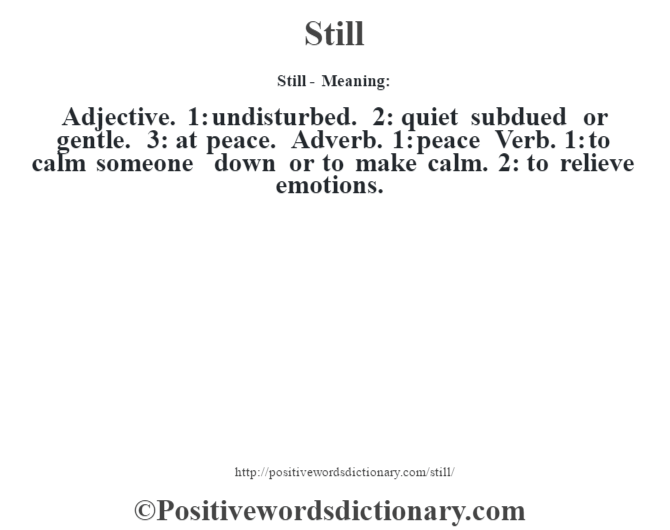

Eastern eucalypt woodlands to open-forests (BVG 3) 18,222ha.Acacia aneura (mulga) dominated open-forests, woodlands and shrublands (BVG 9) 37,113ha.The clearing of remnant vegetation during 2017–2019 mainly occurred in the following broad vegetation groups (BVG 1:5M):
Define undisturbed zip file#
The regional ecosystem analysis MS Excel zip file is available from the download section below.

Scattered shrubs particularly Eremophila mitchellii but also Santalum lanceolatum, Geijera parviflora, Flindersia maculosa, Alectryon oleifolius and Carissa ovata can be present. (Figure 5) with 5,790 ha cleared, and regional ecosystem 4.9.11, Acacia cambagei low woodland to low open woodland. Also includes localised areas dominated by E. melanophloia is often present and may be locally dominant. The regional ecosystems with the most remnant vegetation cleared during the years 2017 to 2019 were regional ecosystem 11.12.1, Eucalyptus crebra +/- Corymbia erythrophloia shrubby woodland. The clearing rate of remnant regional ecosystem vegetation in the 2017–2019 period was 54,473 hectares per year. The average annual clearing rates for remnant regional ecosystem vegetation from 1997 to 2019. Average annual clearing rate of remnant regional ecosystem vegetation 1997–2019 View larger imageįigure 2. In 2017–2019, 54% of remnant regional ecosystem clearing occurred on freehold tenure, with 42% on leasehold tenures, and 4% on other tenures. Gulf Plains, New England Tableland, Central Queensland Coast, Channel Country, Wet Tropics and Northwest Highlands bioregions each recorded less than 1% of the clearing of remnant vegetation in Queensland (see Figure 3).Einasleigh Uplands bioregion (1.4%) largely within Broken River and Kidston subregion.Cape York Peninsula bioregion (1.7%) largely within Weipa Plateau subregions.Southeast Queensland bioregion (2.9%) largely within Moreton Basin and Gympie Block subregions.Desert Uplands bioregion (7.4%) largely within the Jericho, Bogie River Hills and Prairie – Torrens Creeks Alluvials subregions.Mitchell Grass Downs bioregion (12.5%) largely within Southern Wooded Downs and Central Downs subregions.Brigalow Belt bioregion (28.1% of clearing in Queensland) largely within Beucazon Hills, Belyando Downs, Southern Downs and Anakie Inlier subregions.Mulga Lands bioregion (43.1% of clearing in Queensland) largely within West Warrego, Langlo Plains and West Bulloo subregions.The average annual rate of clearing of remnant regional ecosystem vegetation in Queensland between 20 was 54,462 hectares per year (Figure 2) and occurred in the: Remnant regional ecosystem vegetation analysis by bioregion and subregion 2017–2019 Area analysed for regional ecosystem statistics by bioregion and subregion. Remnant vegetation extent in Queensland Yearīioregion and subregion analysis of remnant regional ecosystem vegetation 1997–2019 View larger imageįigure 1. The extent of remnant vegetation in Queensland has declined by 2.96% (4.2 M ha) between 19 and is now 80.063% (see Table 1). Regional ecosystem analysis by vegetation community.

Remnant vegetation analysis by bioregion and subregion.Average annual clearing rate of remnant vegetation.Bioregion and subregion analysis of remnant regional ecosystem vegetation 1997–2019.The report provides essential regional ecosystem extent information and consolidated maps to support state and local government, natural resource management organisations, business and landholders in vegetation management, planning and development. The rate of remnant vegetation clearing is also documented as hectares per year. The analysis includes the extent of clearing of remnant vegetation for individual regional ecosystems by tenure and several other themes. The report presents bioregional and subregional analysis of the extent of Queensland’s regional ecosystems pre-clearing and as remnant vegetation from 1997 to 2019. The report is based on the detailed regional ecosystem survey and mapping Version 12.2 Regional Ecosystems (2022) and Version 5.0 Bioregions and subregions of Queensland (Figure 1), which are available on the Queensland Globe and Open Data, QSpatial. The report provides statistics on the extent of remnant regional ecosystem vegetation for the entire state of Queensland. Version 12.2 updates information only within the 12 South East Queensland (SEQ) local government areas of Noosa, Sunshine Coast, Moreton Bay, Brisbane, Redland, Logan, Gold Coast, Scenic Rim, Ipswich, Lockyer Valley, Somerset, and Toowoomba (in part). This report presents state-wide, bioregion and subregion analysis of remnant vegetation extent of regional ecosystems in Queensland for the period 1997–2019 and replaces version 12.1 statistics Accad et al., (2021). Print Remnant regional ecosystem vegetation in Queensland


 0 kommentar(er)
0 kommentar(er)
